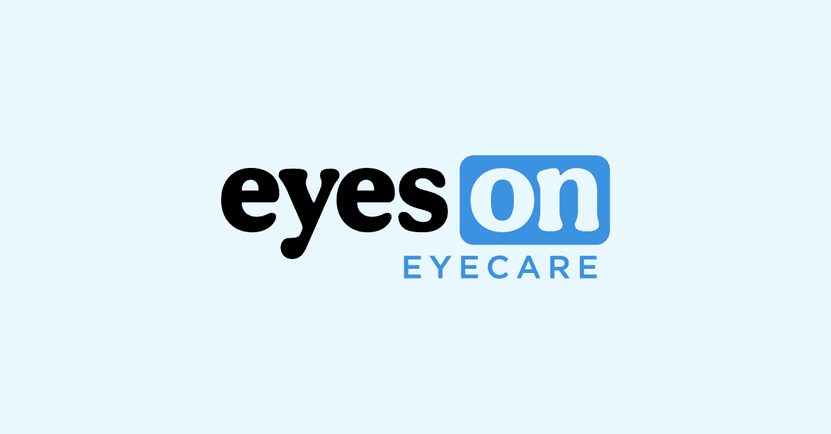Most new graduates have heard the advice “don’t be a corporate optometrist” from their respective optometry schools because of stories of the patient load, stigma from colleagues, lack of diagnoses/treatment, and many other reasons.
From what I have experienced so far, this couldn’t be further from the truth.
Personally, I’ve worked under the
America’s Best modality for two years as a new graduate and have found no reason to leave anytime soon.
The Corporate Optometrist – Work Schedule
My typical day as an optometrist at America’s Best starts at 9:30 am which gives me plenty of time to get enough sleep and commute to work. Most full-time optometrists work five days a week, with the most regular schedules having Sunday and one other day off midweek. Weekdays end at 6:30 pm (Saturday 5:30), which allows me to miss most of the heavy traffic in my area and get home at a reasonable time.
Honestly, this is not a bad schedule. It gives me a nice work/life balance. As a new graduate optometrist, it is common to work similar hours at a private practice. Don’t think that private practice ODs are immune to weekend hours.
The Corporate Optometrist – Scheduling and Pace
Practicing in a retail setting is busy, as we see many patients who otherwise wouldn’t get the care they need. With that said, during non-peak seasons, I average around two patients an hour and during peak times (January and August) I average around three patients an hour. The scheduling system at America’s Best also automatically builds in extra time for patients who need it, like young children, elderly, diabetics, etc.
Being a float doctor, I travel between different offices in the Philadelphia area. Some locations are busier than others, but overall I have found that I always have enough time to give a full comprehensive eye exam to every patient.
The Corporate Optometrist – Store Management and Pre-Testing
Staff communication is vital to the success of any office, no matter the modality. At America’s Best General Managers are always present at each location to ensure the most efficient patient flow and to give any support that is needed. All pre-testing is performed by the technician and is completed to the doctor’s specifications. What you want to be done is what gets done, as if you were operating your own private practice. Communication with your technician is key.
The below tests are performed in the pre-testing room, giving you time to focus on the exam.
- Patient History
- Visual Acuity
- Color/Stereo
- Autorefraction/Autokeratometry
- IOP (Non-Contact Tonometer)
- Visual Fields (Frequency Doubling Technology)
- Retinal Photos (Topcon TRC-NW400) *not all locations
The Corporate Optometrist – Comprehensive Eye Exams
Working in different locations around the Philadelphia area from the intercity to the suburbs, I treat a broad range of ages and ethnicities, and diagnoses range from the most simple of cases to the most advanced.
Patients are seen for full comprehensive exams, emergency exams, and follow-ups.
Just when I think I’ve seen it all, a crazy diagnosis will walk right into my exam room, oh and of course it will be on a Friday at the last possible moment 🙁
The beautiful thing about being an optometrist practicing at an America’s Best location is that you can treat whatever you feel comfortable treating. If you feel comfortable treating a condition, go for it! If not, there are plenty of referral locations close by that will appreciate the business.
As for exam forms and coordinated care with other doctors, they are all completed during work hours, so there is no need to bring work home with you. I dislike bringing charts home with me, as you probably do too, so this is a nice perk. Work stays at work.
The Pros & Cons of Being a Corporate Optometrist
Working as an optometrist with America’s Best has given me a good work/life balance.
Getting to work at 9:30, gives me plenty of time to enjoy my morning and get to work on time. I have peace of mind knowing that my primary focus is on patient care and that there are managers in place to take care of the office.
With an unstable economy and the number of school loans new graduates have, it is nice to be in a position financially that is not dependent on the numbers of patients seen or eyeglasses sold, but by the number of hours that I work.
I also get a substantial amount of paid vacation and paid holidays, and I never have to worry about finding coverage for the days that I take off. Having worked only 2.5 years, I already have 20 days of paid vacation (and will get more each year).
There are a few sacrifices – like working on Saturdays. But I’ve learned to understand that Saturday is the busiest day of the week as it is the most convenient for patients to see us. And that is par for the course for all practice types, not just America’s Best.
Working into the early evening can also cause some frustrations, but that is only because Philadelphia area traffic can take some time to get home. Many local optometry offices stay open late one or two nights a week, so at least as an OD at America’s Best I have the consistency of schedule and getting home at a reasonable time every night.
In Summary
The positives of working as an optometrist for
America’s Best far outweigh the negatives. As a new graduate, I believe this is giving me a great platform to grow wherever my career may lead in optometry. I encourage you to have an open mind when making your career decisions, too.
Since writing this article, Dr. Pancott has now practiced with America’s Best for 5 years and currently works full time in Downington, PA.
